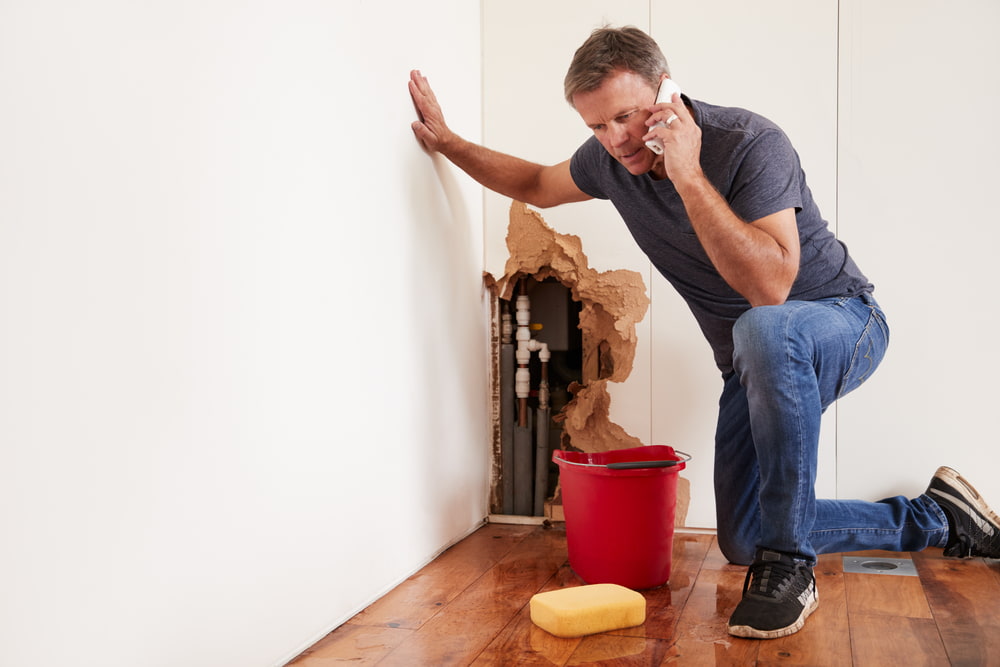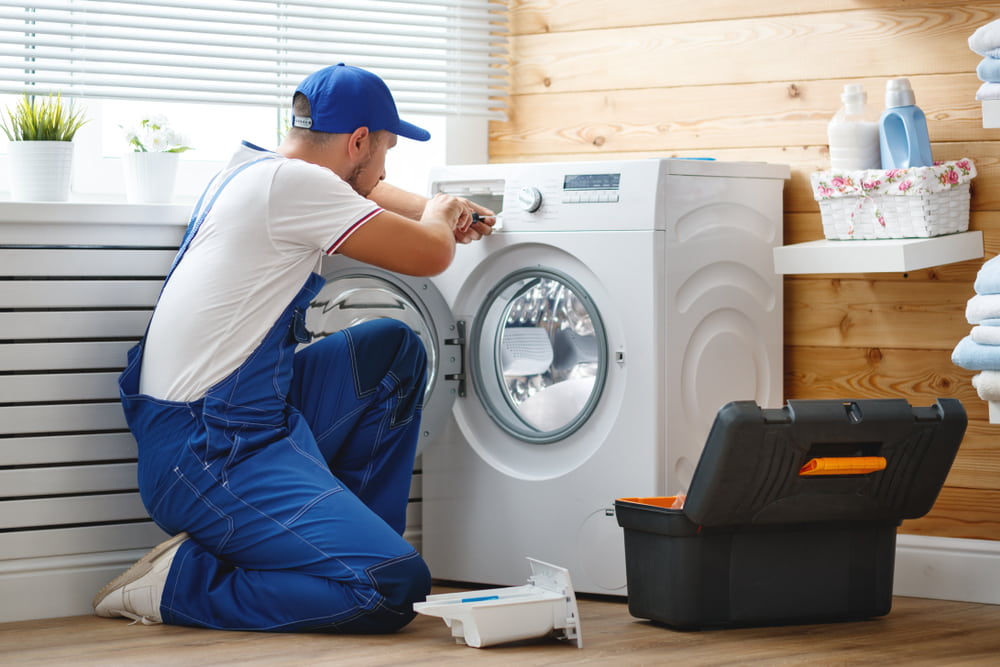Is Mold a Problem After You Get Rid of It?
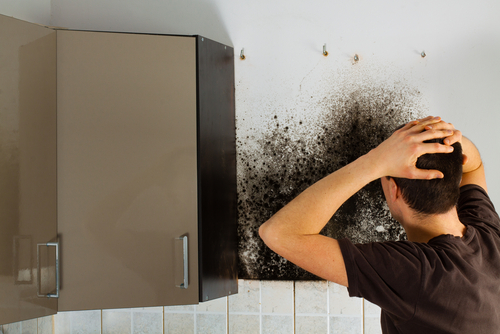 Noticing mold in your house is one of the most stressful scenarios you can face. In most cases, you can’t deal with mold yourself. Instead, eradicating it warrants the work of a dependable mold removal service in Irvine, CA to restore the affected areas to their former conditions. However, are you truly safe after the remediation?
Noticing mold in your house is one of the most stressful scenarios you can face. In most cases, you can’t deal with mold yourself. Instead, eradicating it warrants the work of a dependable mold removal service in Irvine, CA to restore the affected areas to their former conditions. However, are you truly safe after the remediation?
You’re about to find out! Read on and see what mold removals experts have to reveal. Let’s learn if mold poses a threat after the remediation process. Read More
What Does the Period After Mold Remediation Look Like?
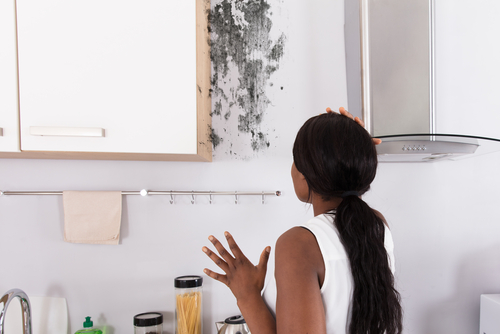 One of the worst things you can discover in your property is mold. However, any building can be prone to it under proper conditions. All mold needs to thrive is warmth, organic matter, and moisture caused by a burst pipe or natural disaster. While the issue can seem insignificant early on, it requires the work of professional mold removal services in Irvine to prevent the problem from escalating.
One of the worst things you can discover in your property is mold. However, any building can be prone to it under proper conditions. All mold needs to thrive is warmth, organic matter, and moisture caused by a burst pipe or natural disaster. While the issue can seem insignificant early on, it requires the work of professional mold removal services in Irvine to prevent the problem from escalating.
However, getting mold out of your house isn’t your only concern. You should also find out what takes place after the remediation, and the experts are about to reveal the answer! Keep reading for some crucial information! Read More
6 Signs You Should Call a Mold Removal Specialist
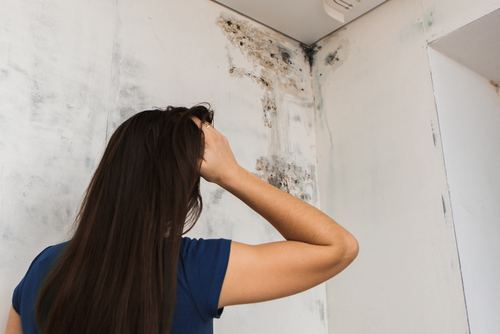 Mold often develops in houses after water damage and can lead to different adverse health effects. There are many common types of mold, and they thrive in humid and warm conditions. As a homeowner, you should regularly inspect your home for spores after water intrusion since early identification prevents serious damage and keeps you and your family healthy.
Mold often develops in houses after water damage and can lead to different adverse health effects. There are many common types of mold, and they thrive in humid and warm conditions. As a homeowner, you should regularly inspect your home for spores after water intrusion since early identification prevents serious damage and keeps you and your family healthy.
We are here to help with your mold detection efforts by listing signs it’s time for remediation experts. Read on for a bunch of handy tips and learn when to hire trusted Irvine mold removal services!
When is professional mold removal required?
Mold comes in various shapes and sizes, and it can be extremely dangerous. That’s why you should hire specialists to handle the remediation process and prevent mold from returning the moment you notice these signs:
Musty odors
Even if you’re not able to locate the mold, it will likely start spreading unpleasant smells, making you aware of the presence. Many homeowners report that mold can even smell like decaying wood or wet socks.
While foul smells are unpleasant, they can spell more serious trouble. Powerful odors mean that mold has released spores, which can cause all sorts of health issues.
Considerable size
The larger the mold, the bigger the problem is. If mold covers more than 10 square feet, make sure to hire experts before it spreads further and affects the drywall and other structurally important areas.
Location of the mold
The place where mold grows in your house is crucial because it determines how hard it is to find and remove it. The remediation process isn’t too arduous if mold develops in the following areas:
- Laundry room
- Bathroom
- Kitchen
- Basement
However, if it gets into hard-to-reach spots, the identification and removal are much more complex and will make even the pros break a sweat:
- Vents
- Ducts
- Crawlspace
- Attic
Condensation on your windows
If there’s condensation on the inside of windows, it’s a reliable indicator that mold may develop on the wood around the windows. Moisture in this area is typically a sign of high humidity levels in the house. If you suspect this might be the case, have dependable mold detection technicians inspect your home.
Water seeping through exterior walls
Water can reach your house through exterior walls that constantly get dampened by sprinklers or rain. Puddles outside or inside your home signify that water may be seeping through holes in your walls. This leads to increased moisture, which eventually leads to mold, especially in your basement.
Allergy or asthma exacerbation
Since mold is a powerful allergen, it can make your asthma or allergies much worse. If your symptoms get aggravated, and you can’t figure out the culprit, mold might be the cause. The development of new respiratory problems or allergies is an even better sign of mold presence. In addition, if your pets get sick, it might mean that mold is lowering your indoor air quality, affecting animals before humans.
Contact the leading Irvine mold removal services for comprehensive remediation
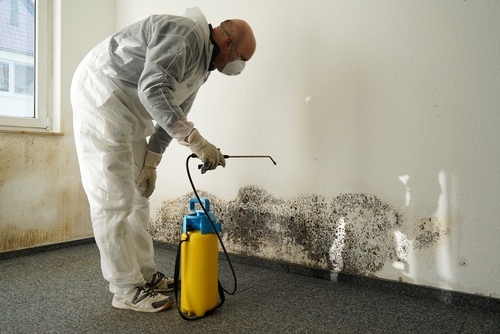 Severe mold issues warrant the work of professional remediation experts. Spores can grow rapidly in various environments, and the sooner you take action, the sooner the situation will be under control. On the other hand, the more you wait, the higher the chances of considerable damage, postponing your visit to the Irvine Spectrum Center.
Severe mold issues warrant the work of professional remediation experts. Spores can grow rapidly in various environments, and the sooner you take action, the sooner the situation will be under control. On the other hand, the more you wait, the higher the chances of considerable damage, postponing your visit to the Irvine Spectrum Center.
To make sure your house gets professional mold treatment, reach out to EHS. Our services are available at any time of the day, so don’t hesitate to give us a call whenever you suspect something’s wrong. Our trained professionals will come to your house, fully equipped with extensive knowledge and cutting-edge tools to nip the issue in the bud.
Book EHS and put your mind at ease.
Types of Mold: All You Need to Know
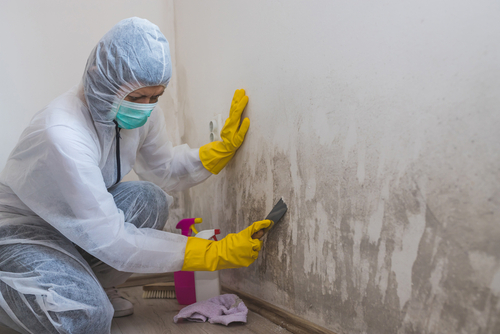 Mold is a dangerous and toxic substance that thrives in specific conditions. In most cases, it can be found in dark and damp environments with temperatures between 60 and 80 degrees Fahrenheit. There are various types of mold, and removing any of them requires assistance from a reliable Irvine mold removal service to prevent any health problems.
Mold is a dangerous and toxic substance that thrives in specific conditions. In most cases, it can be found in dark and damp environments with temperatures between 60 and 80 degrees Fahrenheit. There are various types of mold, and removing any of them requires assistance from a reliable Irvine mold removal service to prevent any health problems.
Knowing how to identify mold is paramount since it helps you address the problem immediately. We’ve come up with a list of the most common types you can see in your house. The moment you notice any of these, it’s time to bring in mold removal professionals and have them deal with the harmful substance.
What are the 4 different types of common mold?
Here are the 4 most common types of mold you can find after water damage:
Acremonium
Acremonium is a toxic mold that changes its appearance as it ages. At first, it appears as small damp patches that later turn into a powdery substance. Acremonium can be pink, orange, gray, or white. It spreads throughout household systems, such as cooling coils, humidifiers, window sealants, and drain pans.
Alternaria
Alternaria features a velvety texture with brown or dark green hairs. It generally develops in extremely damp areas. You can find it in the shower, bathtub, or under a leaking sink.
Aspergillus
American households are often plagued with aspergillus. This mold has long spores that form thick walls or layers wherever it grows. As a result, it develops long stretches across various surfaces, making the remediation process very difficult.
Chaetomium
Chaetomium is known for its changing colors, with nuances ranging from grey, white, brown, and black. It also features a cotton-like texture and can be found near leaking sinks, basements, and roofs.
What kind of house mold is dangerous?
All four above mentioned types of mold can be extremely dangerous. That’s why it’s crucial to address the root of the problem causing their growth since mold can return after removal.
Here are the most common health effects these strains of mold can trigger:
- Acremonium: Prolonged exposure to acremonium can result in bone marrow disease, immune system impairment, and damage to many other organs. Additionally, it can hinder brain functions due to its carcinogen properties.
- Chaetomium: Apart from general allergies, like red and watery eyes, chaetomium can cause autoimmune diseases and neurological damage.
- Alternaria: Alternaria can lead to many unpleasant conditions, such as coughing, sneezing, sore throat, headache, dizziness, and fatigue.
- Aspergillus: Exposure to this mold can bring about severe allergic reactions, aspergillosis, and lung infections.
What kind of mold is in my house?
We’ve mentioned the main characteristics of the 4 most common types of mold. Here is some advice that will help you recognize them:
- Acremonium: Small mold that becomes a powdery substance over time. It comes in various colors, including pink, white, grey, and orange.
- Chaetomium: Cotton-like texture that starts off as white and turns grey, brown, and black.
- Alternaria: Velvet-like texture with brown or dark green hairs.
- Aspergillus: Long spores that form thick walls or layers of mold.
The finest Irvine mold removal service is just a phone call away
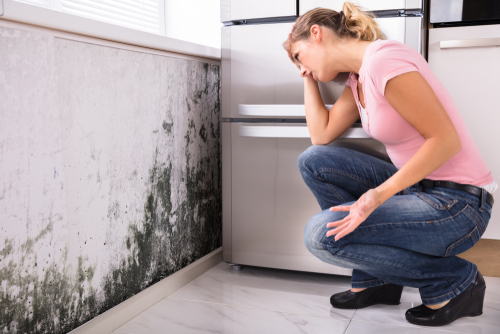 Any house or business can turn into a breeding ground for mold after water damage. The substance can spread throughout your property in 2-3 days once the infestation starts and can trigger harmful allergens.
Any house or business can turn into a breeding ground for mold after water damage. The substance can spread throughout your property in 2-3 days once the infestation starts and can trigger harmful allergens.
If you’ve noticed signs of mold growth in your home, reach out to EHS right away. Our accomplished team has all the training, expertise, and equipment necessary to deal with the issues and rid your home of mold for good.
Book EHS at any time of the day! You’ll finally be able to take a stroll near the Balboa Pier without brooding on mold issues.
How to Fix Wooden Furniture After Water Damage
One of the most difficult issues you can face in your home is water damage to your wooden furniture. Water intrusion can be caused by different accidents and completely ruin your wooden elements.
Not only does this lower the value of your home, but it can also compromise the structural integrity of your property. That’s why launching the repairs immediately is essential.
However, chances are that you’re not familiar with the process of restoring water-damaged wood. No worries. Highly knowledgeable Orange County water damage repair professionals are about to show you how to fix the wood in your home, no matter the type. Read on for detailed instructions!
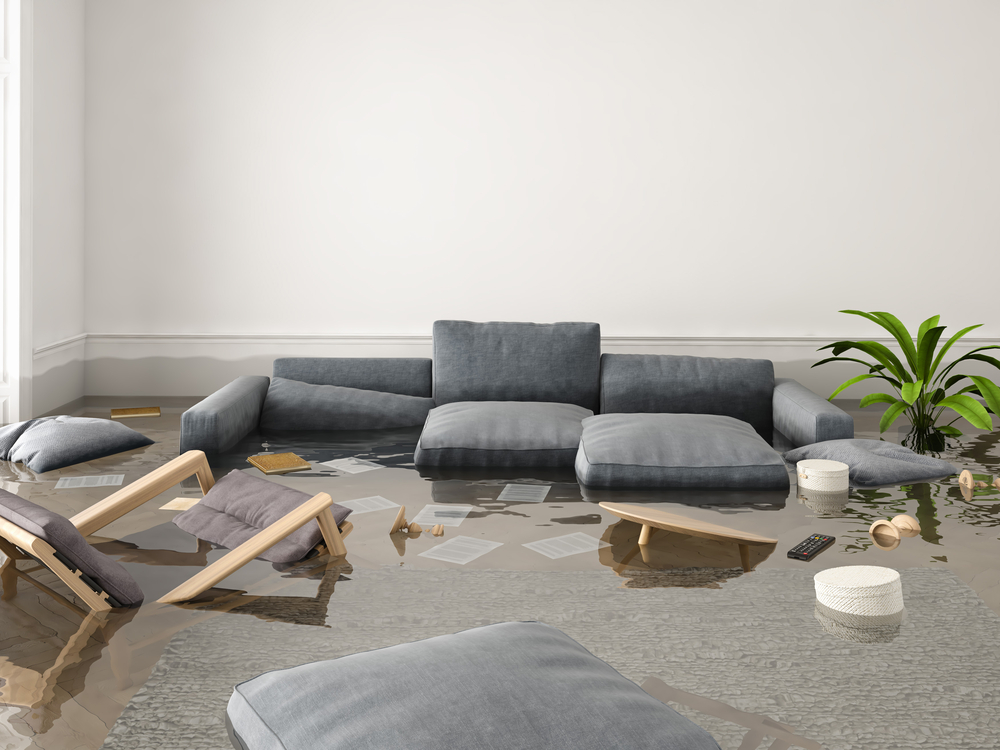
How do you treat wood after water damage?
Before you start the repairs, keep in mind that you should always file a water damage insurance claim. If it was caused by an accident, you’re very likely to receive coverage.
As for fixing your wooden elements, here’s what you can do:
Dry the affected areas
It’s crucial to remove all moisture before it leads to more damage. Small leaks may not be too difficult to resolve, but make sure you’re thorough. Place fans to circulate air in the affected areas.
For larger projects, consider renting a high-capacity dehumidifier to dry out the surrounding carpet, wood, and other materials.
Remove ruined items
If your wood has been soaked in water, it may need to be cut out and thrown out. Left unchecked, water can permanently damage your furniture and even develop mold and mildew. Get rid of ruined materials to prevent any health risks.
Replace damaged wood
All severely warped wooden components (flooring in particular), rotting wood, and wood with mold or mildew have to be replaced. Pry apart damaged boards and thoroughly clean the area beneath before installing a replacement.
When it comes to wood that’s a structural component of the house, be extra careful replacing it. The structure needs adequate support both during and after the repairs.
Use a filler for carved areas
Fill any carved areas in your furniture with an auto filler putty. Make sure you can push the putty in to completely fill the hole. Let the substance dry and sand for a smooth finish.
Can you sand down water-damaged wood?
You can sand down water-damaged wood but bear in mind that this method doesn’t fix the core issues. Before you can sand your elements, you first need to clean the area from mold, mildew, and remove any stains. Additionally, sanding is generally accompanied by several other tasks:
- Gluing any loose joints
- Painting
- Applying varnish
Can I paint over water-damaged wood?
You can paint over water-damaged wood, but it’s trickier than it sounds:
- Make sure the wood is completely dry. Use towels and fans to collect any moisture.
- Test the dampness of the wood with a moisture meter. To proceed, interior wood should contain up to 12% moisture, whereas exterior wood is good to go with up to 15%.
- Apply your paint using a paintbrush.
Reach out to top-rated Orange County water damage repair experts for comprehensive services
EHS is the most trusted and renowned emergency plumbing service provider. You can contact us at any time of the day, and our plumbing contractors will be at your doorstep in record time. They will employ all their cutting-edge tools and extensive knowledge to repair your water damage so that you don’t have to get your hands dirty.
Disaster can strike at any time and prevent you from taking your kids to Knott’s Berry Farm. Luckily, you can call EHS and have us resolve the issue in no time!
What Happens When Water Damages Wood?
Water damage can be caused by a range of different scenarios. It can be brought about by a clogged sink, faulty pipe, broken washer hose, or insulation problems invisible to your eye. Once water starts wreaking havoc, no part of your home is safe. However, your wooden elements might be facing the biggest threat due to their porous nature.
But what exactly happens to soaked wood? More importantly, can you fix the damaged elements and avoid throwing them out? The leading water damage repair technicians in Orange County are about to tell you, so keep reading!
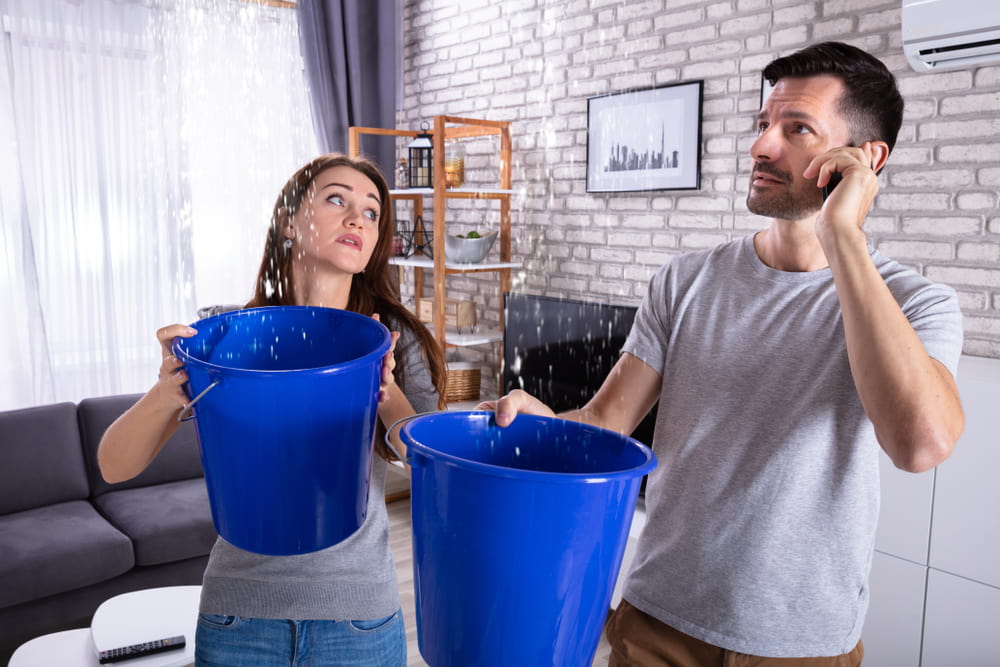
Is wood ruined if it gets wet?
Whether you’re dealing with accidental water damage or treating wood damaged by water, it’s crucial to start the repairs quickly and file your insurance claim. The longer you remain idle, the greater the harm will be to the affected areas.
This is because wood is a natural material susceptible to breaking down and rotting when exposed to moisture for an extended period. If water lingers for too long, you can say goodbye to your wooden elements.
How long does it take for water to ruin wood?
The time it takes for water to ruin wood varies. Still, all instances of rot require the right conditions to set in. Here’s what these conditions include:
- Oxygen
- Proper temperature (generally between 65 and 90 degrees)
- Dampness
- Food (wood)
According to lab experiments, dry rot spores can start sprouting about 7 to 10 days after wood has absorbed enough moisture. Other spores may take a bit longer to activate. In any case, a lot of time can pass before any signs of dry rot appear following water damage.
When it comes to wet rot, establishing a regular timeframe for the rate of growth is hard. However, wet rot only occurs in areas moist enough to accommodate its presence. Therefore, if you notice any wet rot, it can be easily mitigated by drying out the damp areas.
Can you fix water damage on wood?
While fixing water-damaged wood can be challenging, it can be done unless the wood is completely ruined. Here’s how you can carry out repairs:
Drying the elements
The first and most important step is to dry the wood thoroughly. You can either go for blowers or let the affected components sit under direct sunlight for at least a day. Just make sure not to dry the elements too quickly since they can easily break.
Installing more fixings
Once the furniture is dry, start the repairs by mounting more fixings. Carefully look at the components that require support and can be popped back into place with an item or two. You can use various fixings:
- Nails
- Screws
- Bolts
- Galvanized strips
- Cable clips
Use a finishing or belt sander
It’s a good idea to use a finishing or belt sander after drying the furniture and adding fixings. Belt sanders are great to make quick work of tabletops, whereas finishing sanders are perfect if you want a smooth surface at the end. You can also combine the two methods for superb results.
Applying marine-based polyurethane
Marine-based polyurethane is a coating that can provide great protection against sunlight and water. You can apply it on furniture, table, railings, and countertops to prevent white watermarks.
Dedicated water damage repair experts in Orange Country are here for you
Here at EHS, we specialize in helping people deal with various forms of water damage. Our highly trained professionals work near Santa Ana and surrounding regions and provide top-rated services. We employ cutting-edge equipment to perform high-quality repairs, so make sure to give us a call!
Hire EHS and your home will look brand new in no time! We are available 24/7.

